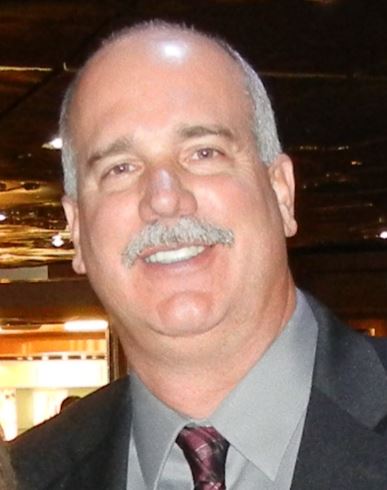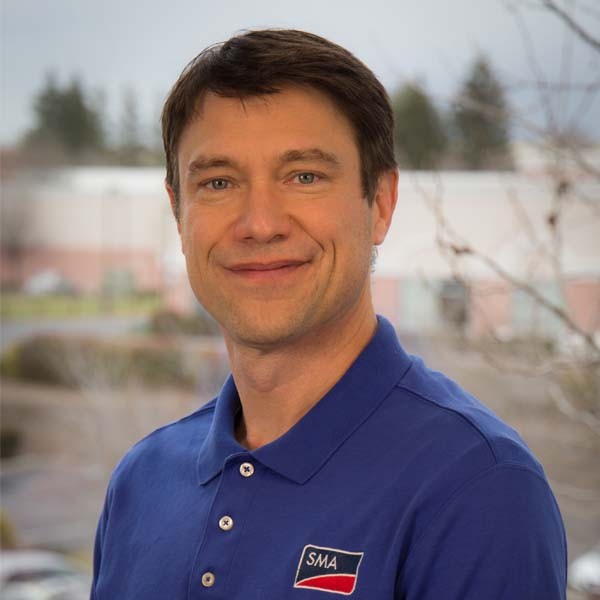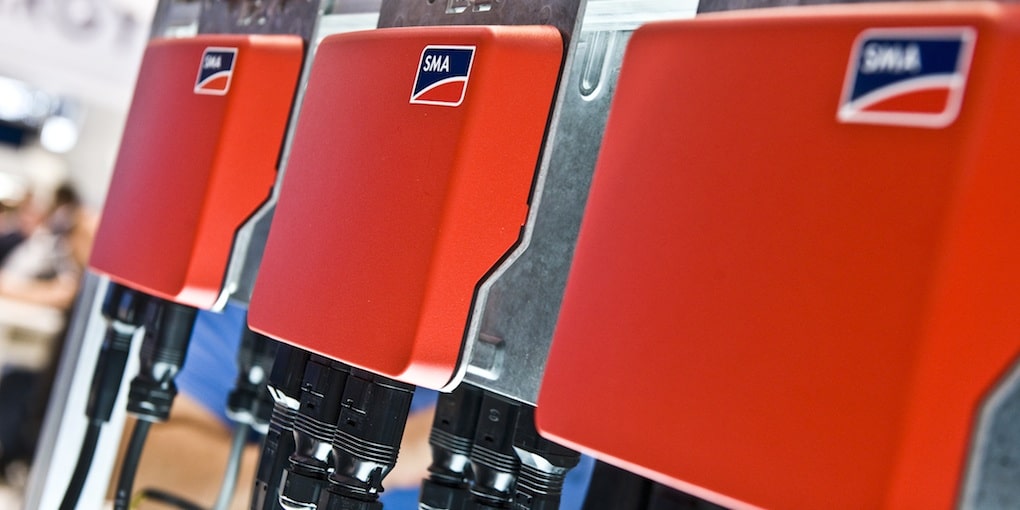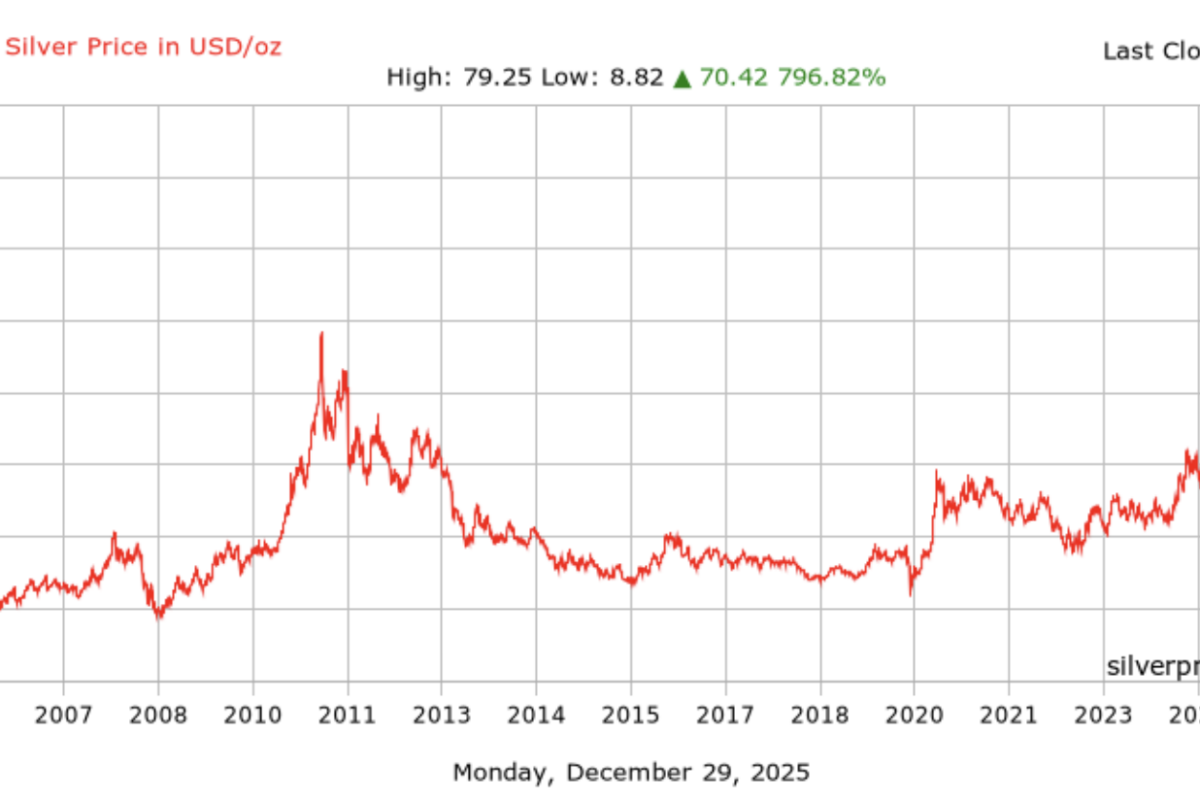According to the Interstate Renewable Energy Council, utility-interactive PV systems were a small percentage of PV systems installed in the United States before 2000. The primary standard for the power conversion hardware for solar PV in the United States, UL 1741, was originally published in May of 1999 by Underwriters Laboratories (UL). UL 1741 focused on inverters and charge controllers for photovoltaic power systems, with a primary focus on safety. By January of 2001, the report expanded its scope to include other power conversion sources for independent power production systems and photovoltaic was dropped from the title. Since then, UL 1741 has expanded to cover various types of equipment used in DER applications. A facility certified to perform the testing required to achieve listing under standards like UL1741 is referred to as a Nationally Recognized Testing Laboratory (NRTL).

The Institute of Electrical and Electronics Engineers (IEEE) published the IEEE 1547 standard in 2003 to address the interaction aspect of DERs. IEEE1547 was accepted by the American National Standards Institute (ANSI) as a national standard shortly thereafter. The test procedures required to successfully demonstrate compliance to the IEEE 1547 standard were documented in IEEE 1547.1, first published in 2005. UL 1741 was updated in 2010 to specifically reference IEEE 1547 and 1547.1. IEEE standards are voluntary standards that need to be specifically referenced in testing requirements to ensure they are always incorporated. The rapid growth of the PV industry prompted updates to UL 1741, IEEE 1547 and 1547.1. These changes rolled out at different times and were only required in certain markets. The lack of harmonization of these standards has been a growing cause of confusion within the PV industry.
The PV industry in the United States grew rapidly in 2010. The Department of Energy reported 918MW of capacity installed in 2010, bringing the total installed to roughly 2,500MW. California was responsible for the majority of this capacity, and concerns grew at the major utilities in the state. The utility infrastructure was built so that very large power plants could send power in one direction: to customers. Many of those customers produced power that could be sent back to the utility. Concerns about the impacts of massive growth in customer sited DERs on power quality and grid stability were growing across the United States, especially in Hawaii and California.
In 2011, proceedings in California began examining how to update the California Rule 21 requirements for utility interconnected power producing facilities, in the territories of investor-owned utilities (including PG&E, SCE and SDG&E). The Smart Inverter Working Group (SIWG) was formed and drafted recommendations on beneficial “grid support” functions that, if required by CA Rule 21, could mitigate the impacts on the grid of large amounts of connected DERs. Shortly after, Hawaii started similar work within the industry which resulted in updates to the utility rules that evolved over time.
The IEEE 1547 standard was amended in 2014 to allow for the possibility of utility interactive inverters to provide grid voltage support through active or reactive power output adjustment and frequency support by active power adjustments. Ride-through of brief voltage and frequency excursions away from nominal values for the grid were added. This marked a dramatic change in behavior for DERs. Inverters previously had to detect if grid voltage or frequency deviated marginally from nominal values, and if so, disconnect from the grid in specified times. No intentional action to modify grid voltage or frequency had been allowed. Lessons learned in Europe dramatically illustrated the weakness of that policy as the capacity of DERs connected to a grid increased.

The SIWG in California adopted points of IEEE 1547a in their recommendations, but also included additional required “grid support” functions. In 2014, those recommendations were adopted into California Rule 21, with an enforcement deadline of 2017. Pressure from the impending requirements in the largest PV market in the nation instigated an update to UL 1741 to add Supplement SA that incorporated testing procedures for the soon-to-be required “grid support” functions. Inverters that passed the UL 1741 Supplement SA testing were labelled “grid support utility-interactive inverters,” to explicitly call out the grid-support capability – even if it was not enabled.
This situation meant UL 1741 referenced IEEE 1547, but included additional interaction details, to cover requirements of specific regions of the nation. This misalignment was addressed in revision of the IEEE 1547 standard which was published in 2018. It was predicted that different regions would have different requirements for grid support from DERs based on the density of installations. However, the capability to provide this grid support was determined to be beneficial in any density scenario.
The IEEE 1547-2018 revision requires inverters to demonstrate the ability to ride through brief utility voltage or frequency deviations and to adjust active power in response to frequency deviations. It additionally requires inverters to adjust reactive or active power in response to voltage deviations and provide for communication via a standardized protocol.
These changes were incorporated into the testing standards document IEEE 1547.1, published in May of 2020. To harmonize with these updates, a third edition of UL 1741 including Supplement SB was published in September 2021 with reference to IEEE 1547-2018 and IEEE 1547.1-2020. As industry and test labs started to implement these new test procedures, issues with certain test procedures in IEEE 1547.1-2020 were identified that required clarification. By September 28, 2021, UL published UL 1741 Third Edition with substantial updates to Supplement SB that clarified these testing issues. Compliance to IEEE 1547-2018 is now verified by certification to UL 1741 Third Edition using Supplement SB and IEEE 1547.1-2020.
This new certification will be required soon, but potentially not until mid-2022 at the earliest. California has postponed the deadline until March 28, 2023. Many jurisdictions have not finalized a new date and there will likely be more adjustments. Why has there been such a delay in requiring these beneficial features? Inverters are certified to UL 1741 not IEEE 1547.1 because there are safety tests included in UL 1741 that are not addressed in IEEE 1547.1. Only after the updates to UL 1741 were published was it even possible for equipment to be tested, and that resulted in the identification of uncertainty in the procedures that resulted in further updates to UL1741 late in 2021. The NRTLs need to set up equipment and validate the new test procedures after each change. It is impossible for hundreds of devices from dozens of manufacturers to proceed through this detailed (i.e., time-consuming) testing process in a short time span.
The path to certification under the new UL1741 Third Edition with Supplement SB appears to be finalized, but that is not the end of the road for equipment manufacturers and utilities. To understand the remaining portion of the journey, remember the new testing required manufacturers to demonstrate their equipment had certain capabilities. Individual utilities will specify through their interconnection rules which of these functions must be activated within their territories and what parameters are to be used to configure each function.
There are two category-based requirements that will be specified. First, there are three possible categories (I, II, and III) for voltage and frequency ride-through capability, and each utility can direct individual parameters to be changed from default values for the categories. Second, there are two possible categories (A or B) for reactive power capability and response to voltage variations within the normal operating range. To help clearly convey what functions are active and what parameter settings have been chosen for each, a “utility required profile” (URP) format specification has been developed by the Electric Power Research Institute (EPRI). The goal of this specification is to eventually allow for the automated exchange and verification of parameters between installers and utility inspectors.
The updated certification process is certainly more involved but provides a uniform testing framework while still allowing utilities to specify equipment settings tailored to their constraints and level of DER penetration. This massive effort should reduce industry confusion on equipment certification, and shift the focus to utility requirements, hopefully within a standard framework like the URP. SMA America is proud to leverage its 40+ years of industry experience and participate with other experts in the drafting and updating of DER standards and procedures, so that renewables can increasingly be part of the solution to our future energy needs.
The next article in this series will look at other required standards for PV inverters, like DC arc-fault detection and rapid shutdown. Future articles will consider the landscape for grid interactive solar + storage systems.
***
Mike Mahon is a senior technical training specialist with the SMA Solar Academy, delivering in-person training and webinars covering all SMA America PV and battery string inverters, communications products and software platforms. Prior to joining SMA in 2011, Mike taught NABCEP Entry Level Exam preparation and PV installation and design classes for private firms and also to members of the Los Angeles Conservation Corps. Mike studied chemical and electrical engineering, and has worked in the energy industry since 1998.
Steve Wurmlinger is the Manager of US Norms and Standards at SMA with the responsibility of representing SMA on various industry discussions and direct involvement in developing requirements for: US codes, UL safety standards, IEEE technical standards and utility interconnection requirements for inverters, plant controllers and energy storage systems. Steve joined SMA in 2017 and has over 37 years’ experience in product compliance and standards development working with AC modules/microinverters, dc telecom power and distribution equipment, telecom energy storage, and information technology equipment. He obtained a bachelor of science in electrical engineering technology degree in 1984.
***
[1] “U.S. Solar Market Trends 2009” [Fig 11, pg 15], IREC, Larry Sherwood, July 2010, https://irecusa.org/wp-content/uploads/2021/07/Solar-Market-Trends-2009.pdf [2] “UL 1741 Update A Safety Standard for Distributed Generation”, UL, Tim Zgonena, Oct 2004, https://www1.eere.energy.gov/solar/pdfs/14_zgonena.pdf [3] “2010 Solar Technologies Market Report”, US DoE, Nov 2011, https://www.nrel.gov/docs/fy12osti/51847.pdfThe views and opinions expressed in this article are the author’s own, and do not necessarily reflect those held by pv magazine.
This content is protected by copyright and may not be reused. If you want to cooperate with us and would like to reuse some of our content, please contact: editors@pv-magazine.com.








April 28, 2022
What a great article! I am a semi-retired electrical engineer dealing with above-30 MHz RF. I also have a 15-panel 3.2 kW solar voltaic system installed in 2009 (Sunny Boy inverter, Suntech solar panels), and also have a The Energy Detective (T.E.D.) whole house power monitoring system with four current transformers, so can monitor both utility and solar power. I appreciate the information about the history of the solar power standards, was not aware of them until now. But I have served on ANSI committees for the C95 series human exposure to radio frequency energy standard and chaired an ATSC committee that developed a standard (ATSC A/82 Data Return Link (DRL) standard), so many of the multiple steps in creating a finalized industry standard sounded all too familiar.
I did not catch what “DER” stands for.